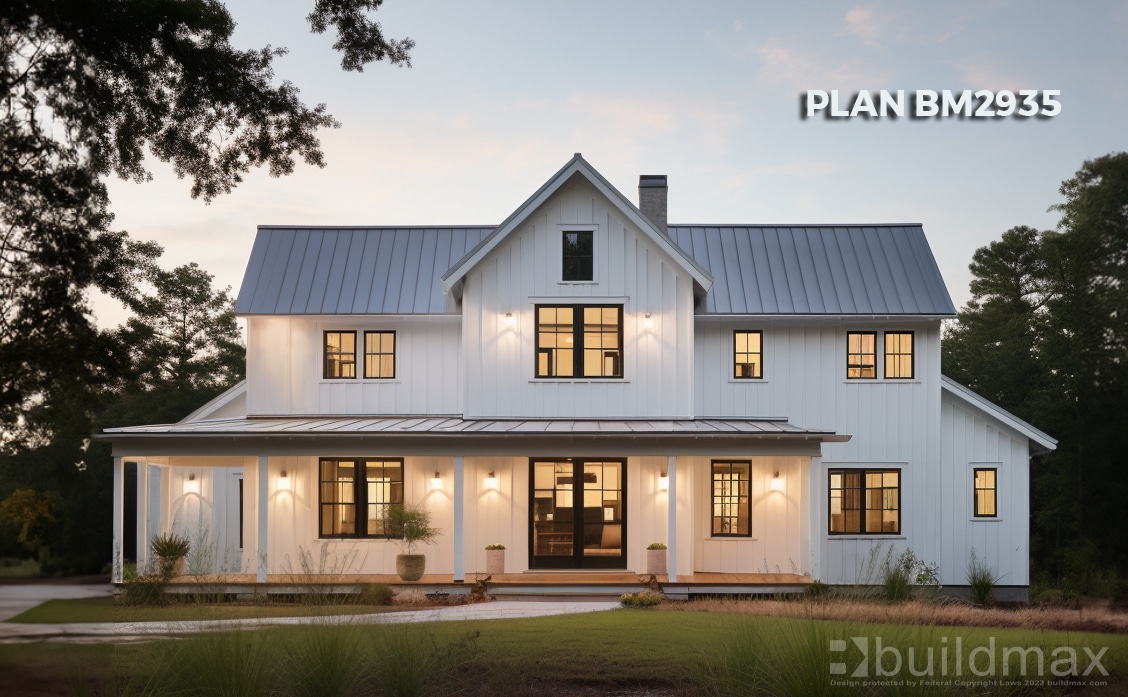Barndominium Builder: Professional Craftsmanship for Your Dream Home
Barndominiums Vs. Conventional Homes: a Detailed Comparison of Way Of Living and Capability
The decision in between barndominiums and traditional homes incorporates various variables, including way of living preferences and practical requirements. Barndominiums are defined by their open layouts and versatility, often appealing to those that focus on communal living and convenience.
Summary of Barndominiums
Barndominiums, an unique housing pattern getting appeal across different regions, blend the rustic charm of barn-style architecture with the functionality of modern space. These distinct structures generally consist of a metal or timber structure, incorporating open layout and high ceilings with energy-efficient functions. Typically located on expansive rural residential or commercial properties, barndominiums offer homeowners the possibility to appreciate a calm way of life while offering sufficient space for numerous tasks.
The flexibility of barndominiums extends past their visual appeal; they can offer as both living quarters and useful areas for hobbies, workshops, or perhaps small companies. Their adaptive layout permits easy modification, fitting diverse family members requirements and choices. Lots of owners value the low upkeep demands connected with steel exterior siding and roofing, adding to long-term longevity.

Attributes of Typical Homes
Highlighting ageless layout and convenience, traditional homes are characterized by their unique building designs, which usually reflect historical influences and regional looks. Usual attributes consist of balanced exteriors, gabled roofs, and an emphasis on craftsmanship, resulting in a warm and inviting atmosphere.
Conventional homes typically integrate aspects such as crown molding, wainscoting, and hardwood flooring, improving their traditional charm. They usually feature several rooms with defined purposes, advertising family members communication while enabling personal privacy. see website. The layout frequently includes formal living and dining areas, which contribute to amusing guests and holding household events
Exterior materials such as brick, wood, or rock are regularly made use of, adding to longevity and a feeling of durability. Barndominium repair. Furthermore, numerous conventional homes are developed with front patios or stoops, fostering a sense of area and link with the community
Landscaping plays a significant role in typical home layout, with well-kept gardens and pathways that boost aesthetic charm - read more. Generally, conventional homes symbolize a sense of nostalgia and security, interesting those that value heritage and a much more structured living environment
Price Contrast
Normally, an expense comparison between barndominiums and typical homes discloses considerable differences in construction expenditures and general investment. Barndominiums, frequently created from steel or steel frameworks, generally sustain reduced material and labor prices than standard homes built from timber and block. The simplified layout of barndominiums can convert to minimized construction times, better reducing labor costs and quickening occupancy.
Generally, the price per square foot for a barndominium ranges from $100 to $150, while typical homes can vary widely, normally falling in between $150 and $300 per square foot, depending upon area, materials, and layout complexity. This price variation makes barndominiums an eye-catching choice for budget-conscious customers seeking bigger home without giving up quality.
In addition, barndominiums may cause long-term cost savings via lower upkeep costs, power performance, and insurance coverage prices. Their durable building products frequently call for much less upkeep gradually contrasted to conventional homes. Nevertheless, it is essential to think about that while first costs may be lower for barndominiums, the last financial investment will likewise depend upon specific customization and preferred features, which can affect the overall expense in both housing types.
Way Of Living and Space Considerations
When considering lifestyle and space, barndominiums provide a special flexibility that interest a variety of house owners. These hybrid structures integrate property coping with functional area, frequently including open floor plans that can be adjusted to suit specific needs. This adaptability is specifically useful for family members or people seeking an individualized living atmosphere, permitting diverse uses such as home workplaces, workshops, or entertainment locations.

Furthermore, the aesthetic allure of barndominiums can deal with both rustic and modern tastes, making them a functional option for numerous style choices (Barndominium builder). Inevitably, the choice between a barndominium and a traditional home commonly hinges on exactly how well each alternative aligns with the house owner's lifestyle goals and spatial needs, highlighting the significance of thinking about individual priorities in the decision-making procedure
Ecological Impact and Sustainability
The environmental effect and sustainability of barndominiums existing compelling advantages compared to typical homes. Primarily built from steel and various other sturdy materials, barndominiums are typically constructed making use of recycled resources, decreasing the demand for brand-new products and decreasing waste. Their design generally highlights open rooms, which can bring about reduced energy consumption for cooling and heating compared to standard homes with even more fractional formats.
In addition, barndominiums can incorporate sustainable features such as solar panels, rainwater harvesting systems, and advanced insulation techniques, enhancing their energy efficiency. The flexibility of their design allows property owners to integrate these innovations much more perfectly than in numerous conventional homes, which may require comprehensive retrofitting.
Additionally, barndominiums often call for fewer sources for building due to their simpler, extra effective designs (view now). Generally, barndominiums represent find a forward-thinking strategy to lasting living, lining up with contemporary ecological concerns.
Conclusion
In recap, the option between barndominiums and typical homes hinges on individual way of living preferences and functional demands. Barndominiums, with their open layouts and lasting materials, provide to those seeking flexibility and public living. Conversely, typical homes use defined areas that enhance personal privacy and support historic aesthetic appeals. Each option provides unique benefits, necessitating cautious consideration of one's values and requires when identifying one of the most appropriate living setting.